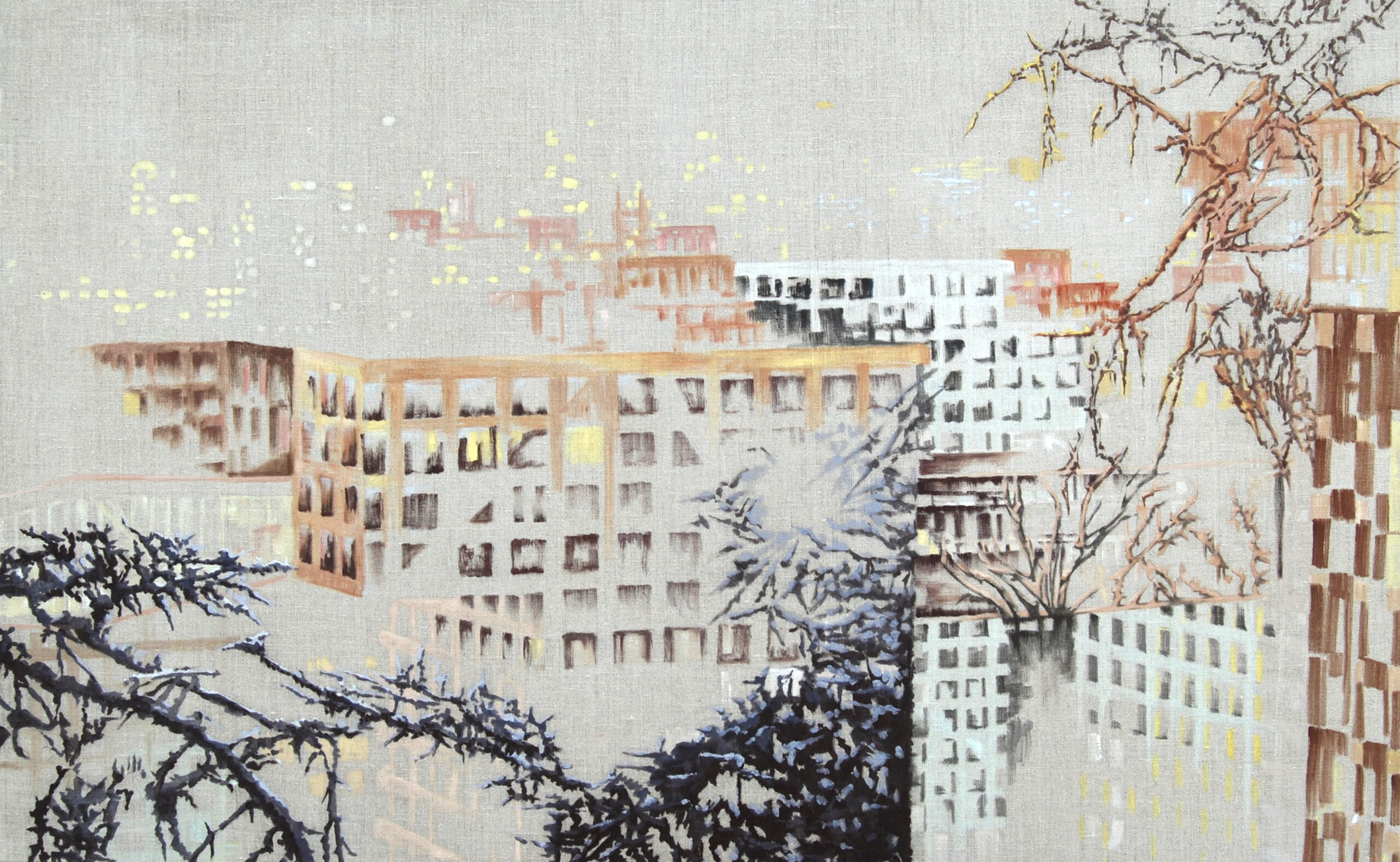Niura Bellavinha, Victoire Cathalan, Fernando de la Rocque, Denis Jutzeler, Mila Mayer, Catherine Rebois, Vivianne van Singer, Julien Spiewak, Mai-Britt Wolthers and
Vasilis Zografos

“Wild grass refers to vegetation that grows anywhere without human intervention.”
We are opening the exhibition l’Herbe Folle this January 2018 to celebrate the 6th anniversary of espace_L. The name of the exhibition alludes to the gallery’s positioning in Geneva. As a metaphor, wild grass symbolizes a being that develops in an unexpected ecosystem and becomes essential to that environment.
The espace_L gallery was created in Geneva, based on a new concept of establishing a dialogue between European and Brazilian contemporary art. Thanks to this, the gallery distinguishes itself from its peers on Rue des Bains by reaffirming its commitment to discovery.
The environments in which wild grasses establish themselves are overtaken by them. This wild occupation can have drawbacks but also significant benefits. Wild grasses operate by chain reaction: once one takes root, others follow. They become essential for the balance of their ecosystem. Butterflies, for example, feed on wild grasses and then help pollinate them.
We therefore offer a few points for reflection below and invite you to visit the exhibition Wild Grass, where you will have the opportunity to discover works by Niura Bellavinha, Victoire Cathalan, Fernando de la Rocque, Denis Jutzeler, Mila Mayer, Catherine Rebois, Vivianne van Singer, Julien Spiewak, Mai-Britt Wolthers, and Vasilis Zografos.
Why do we feel the need to remove these “wild” grasses?
- They give the garden a neglected appearance.
- They compete with seedlings and young plants.
Yet these grasses have advantages:
- They provide refuge for insects that contribute to the biological balance of the garden.
- They protect the soil from drought, wind, and heavy rain.
- They can be used as compost.
- They are good indicators of soil quality and help identify areas that need amendments: nettles indicate nitrogen-rich soil, daisies grow in calcium-poor soil, and dock (Rumex) in compacted soil.
- Their flowering contributes to the beauty of the garden.

